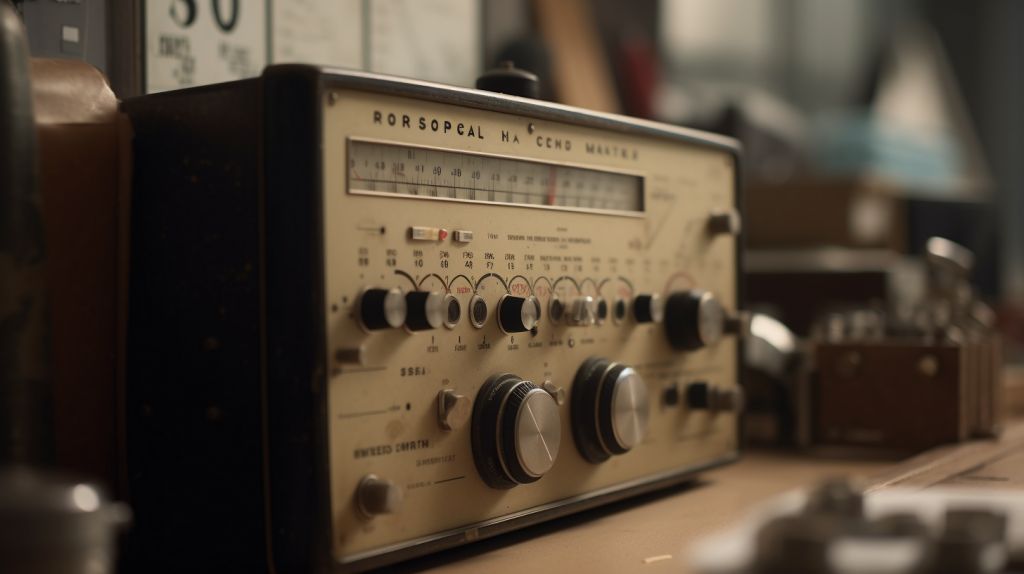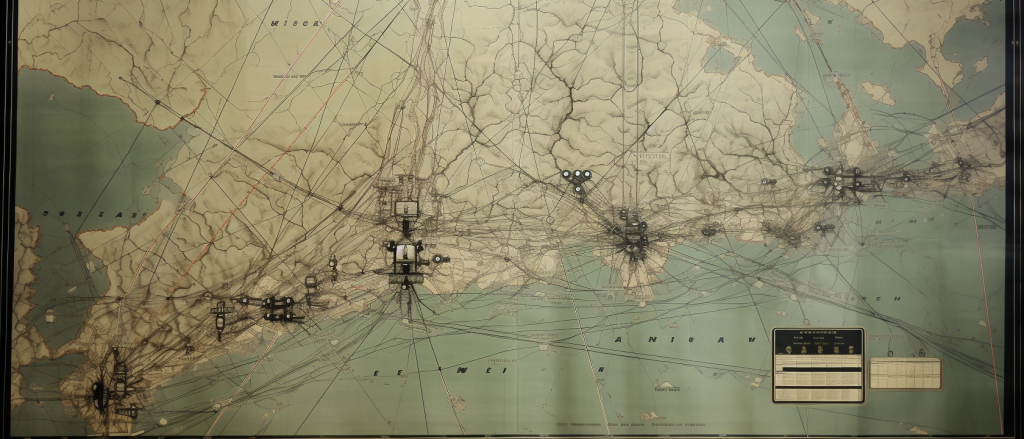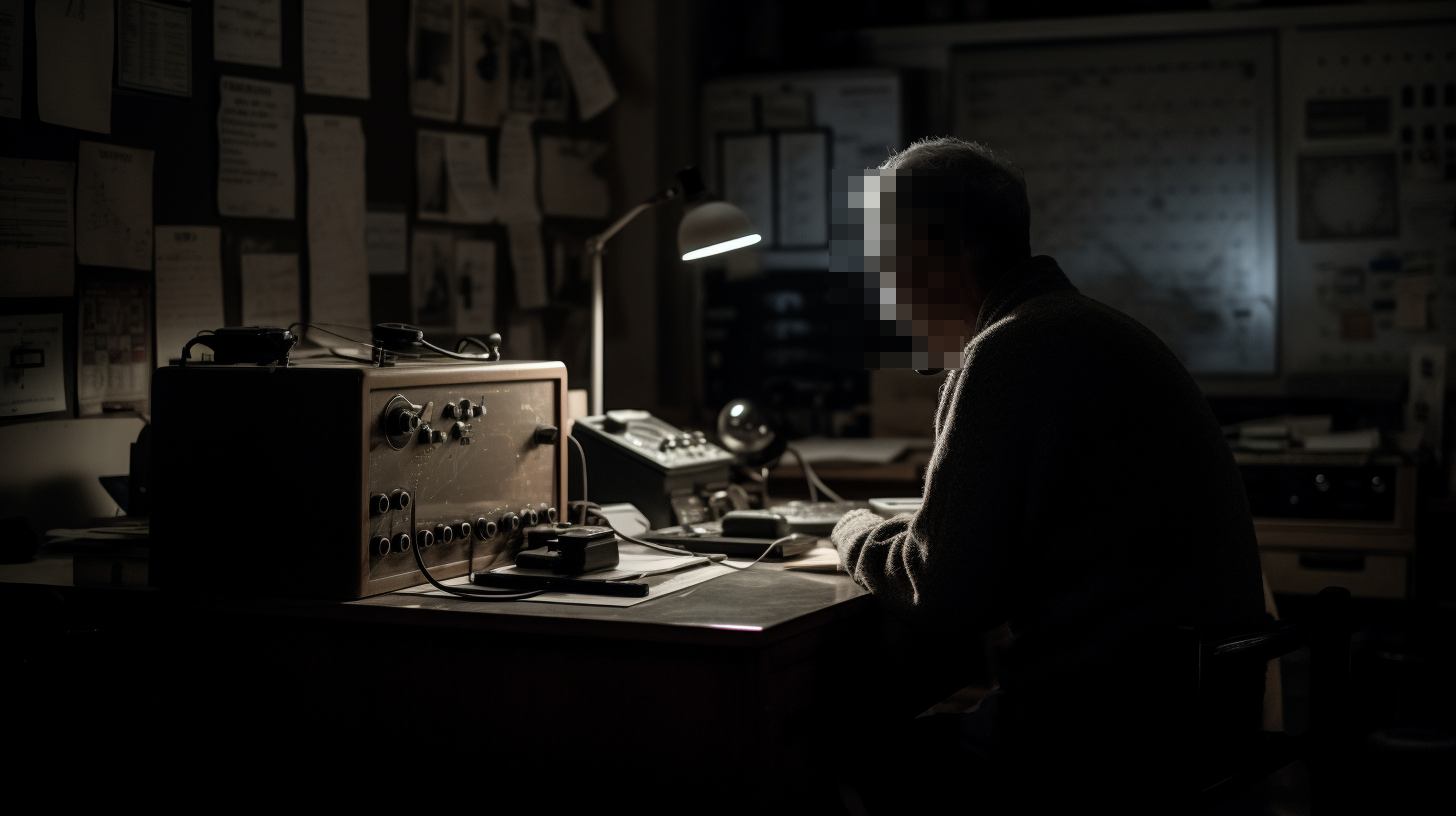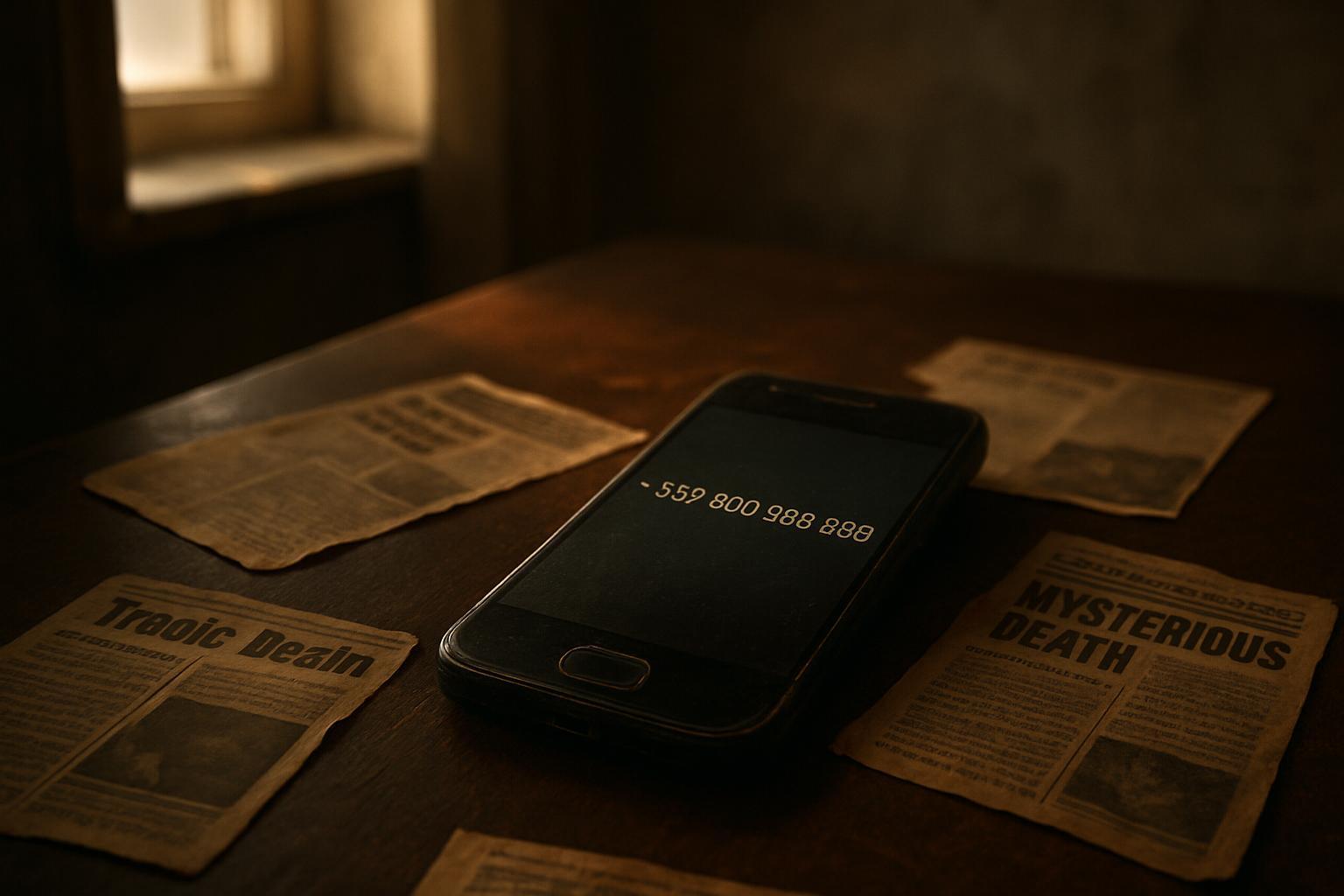Number stations, mysterious shortwave radio broadcasts that transmit strings of seemingly random numbers, letters, or codes, have long captivated the imagination of radio enthusiasts and conspiracy theorists alike. These enigmatic transmissions, which have been documented since World War I, remain shrouded in secrecy and continue to pique the curiosity of those who seek to uncover their true purpose. This in-depth exploration of number stations delves into their history, and theories surrounding their purpose and attempts to decode their cryptic messages.
A Brief History of Number Stations
Number stations first appeared during World War I and gained prominence during the Cold War era. These mysterious broadcasts typically feature a synthesized or human voice reading out a series of numbers, letters, or codes, often accompanied by background music or other audio signals. The transmissions usually occur on a regular schedule and can be heard on shortwave radio frequencies, which can be easily picked up by anyone with a shortwave radio receiver.

While the origins of number stations are uncertain, their use has been widely attributed to government intelligence agencies for the purpose of communicating with spies or other covert operatives. The seemingly random sequences of numbers, letters, or codes are believed to be encrypted messages that can only be deciphered using a pre-distributed decryption key, known as a “one-time pad.”
One-time pads are considered to be virtually unbreakable when used correctly, making number stations an ideal method for transmitting sensitive information without the risk of interception. Moreover, because shortwave radio signals can travel vast distances and are difficult to trace, number stations provide a highly secure and anonymous means of communication.
Famous Number Stations
- The Lincolnshire Poacher: Named after an English folk song that serves as its interval signal, the Lincolnshire Poacher was active from the 1970s until 2008. The station, believed to be operated by the British intelligence agency MI6, transmitted a series of five-digit groups, read by a synthesized female voice with an English accent.
- The Swedish Rhapsody: This number station, thought to be operated by the Polish intelligence service, was active from the 1970s until the 1990s. Its broadcasts featured a music box rendition of the Swedish Rhapsody, followed by a young girl’s voice reading out groups of numbers in German.
- The Atención Station: Named after the Spanish word for “attention,” which precedes each transmission, the Atención Station is believed to be run by the Cuban intelligence agency. Active since the 1980s, the station is known for its distinctive audio signature, consisting of a series of five-digit groups read by a synthesized female voice.
- UVB-76, aka “The Buzzer”: This enigmatic Russian station, which has been active since the 1970s, is characterized by a repetitive buzzing tone, occasionally interrupted by a male voice reading strings of numbers or Russian names. The Buzzer’s purpose remains unknown, but it is speculated to be a Russian military communications channel or a “dead man’s switch” designed to trigger an automated response in the event of a nuclear attack.

Theories and Speculation
Despite extensive research and analysis, the true purpose of number stations remains a topic of speculation and debate. While the most widely accepted theory posits that number stations are a means of communicating with spies or other covert operatives, alternative theories suggest that they could be used for other purposes, such as:
- Military communication: Number stations could be used to transmit encrypted orders, coordinates, or other information to military personnel, particularly in situations where conventional communication channels are compromised or unavailable.
- Clandestine diplomacy: Some have suggested that number stations could serve as a secret channel for diplomatic communication between nations, allowing them to exchange sensitive information or negotiate deals without attracting public attention or scrutiny.
- Psychological warfare: Number stations could be employed as a form of psychological warfare, with the aim of creating confusion, paranoia, or fear among enemy forces. The seemingly nonsensical broadcasts could be used to spread disinformation or undermine the morale of adversaries.
- Scientific research: Another theory posits that number stations could be used for scientific research purposes, such as measuring the Earth’s ionosphere or monitoring the behavior of radio waves in the atmosphere. The seemingly random sequences of numbers could represent encoded data from experiments or observations.
- Amateur radio enthusiasts: Some have suggested that number stations could be the work of amateur radio enthusiasts or “pirate radio” operators, who create and broadcast the mysterious transmissions as a form of hobby or prank.
Attempts to Decode Number Stations
Despite their highly secure nature, there have been a few instances where number stations have been decoded or their intended recipients exposed. In 2001, the U.S. government arrested Cuban intelligence agents who were using the Atención Station to receive encrypted messages. The agents, known as the Cuban Five, were convicted of espionage charges, providing a rare glimpse into the clandestine world of number stations.
In another case, a former East German spy named Horst Hesse published a book in 1999 detailing his experiences as a covert operative during the Cold War. In the book, Hesse revealed that he had used a number station to receive encrypted messages from the Stasi, East Germany’s secret police.
Despite these isolated incidents, the vast majority of number stations remain undecoded, their messages and true purpose shrouded in secrecy.
The Enduring Mystery of Number Stations
In the digital age, where encrypted messaging apps and other secure communication methods are readily available, the continued existence of number stations may seem anachronistic. However, their persistence suggests that they continue to serve a valuable purpose for those who operate them.
Number stations stand as a testament to the enduring need for secure communication in an increasingly interconnected world. As long as there are secrets to be kept and covert operations to be conducted, it is likely that the enigmatic broadcasts of number stations will continue to intrigue and mystify those who tune in to their mysterious transmissions.
Additional reading about Number Stations
- The ghostly radio station that no one claims to run – BBC
- The Mysterious World Of Number Stations – Gizmodo
- The Conet Project: A comprehensive archive of number stations recordings that has been compiled by enthusiasts since the 1990s.




